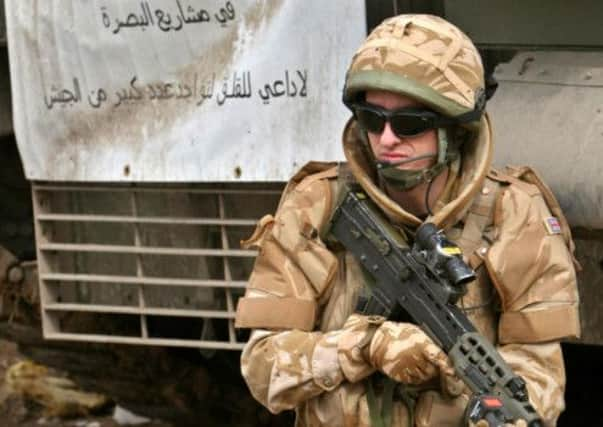Army cuts are branded stab in the dark by watchdog


The National Audit Office (NAO) said the decision to cut regular forces from 102,000 to 82,000 by 2018 while doubling the number of reservists in a move to save billions of pounds was “taken without appropriate testing of feasibility”.
The plan also appeared to be running up to six years behind schedule.
Advertisement
Hide AdAdvertisement
Hide AdIts report warned that the project was off course and that, without a “significant change in performance”, the target may not be hit until 2025.
NAO boss Amyas Morse said: “Military judgment played an important role in decisions, but committing to moving towards an army structure with fewer regular soldiers and an increased number of reserves within the planned timescale should have been subject to more rigorous testing of feasibility.
“The department and army must get a better understanding of significant risks to army 2020 – notably the extent to which it is dependent on other major programmes and the risk that the shortfall in recruitment of new reserves will up the pressure on regular units.”
However, Defence Secretary Philip Hammond has dismissed the warning and insisted he was “confident” that the target of 30,000 part-time soldiers would be hit by 2018.
Publication of the findings prompted a wave of criticism.
But Mr Hammond said: “The armed forces are being restructured to ensure they can defend against new and emerging threats to our security.
“In future they will be smaller but better equipped, able to deploy rapidly to protect our interests anywhere in the world and supported by an integrated reserve force.”
Former head of the army Lord Dannatt accused Mr Hammond of “wishful thinking”, saying his approach was “based on hope rather than any science”.
Even if the goal of increasing reservist numbers is met by 2018, there will be at least three years before then when the army is under strength, he said.
Advertisement
Hide AdAdvertisement
Hide Ad“If it stays relatively quiet and we are not committed anywhere then the risk will not materialise, but if something happens, the strategic shocks happen, and we are terribly bad about spotting them, then we could be embarrassed and we could be in some difficulty,” he added.
Meanwhile, Margaret Hodge, chairwoman of the Commons public accounts committee, attacked the “scandalous” £1 million a month being spent to cover “incompetence” in reservist recruitment.